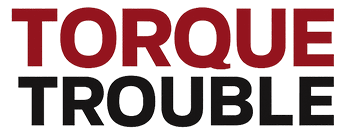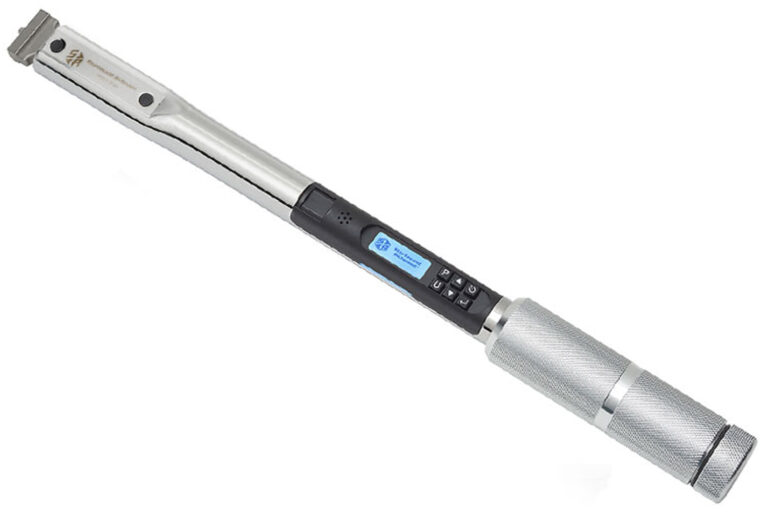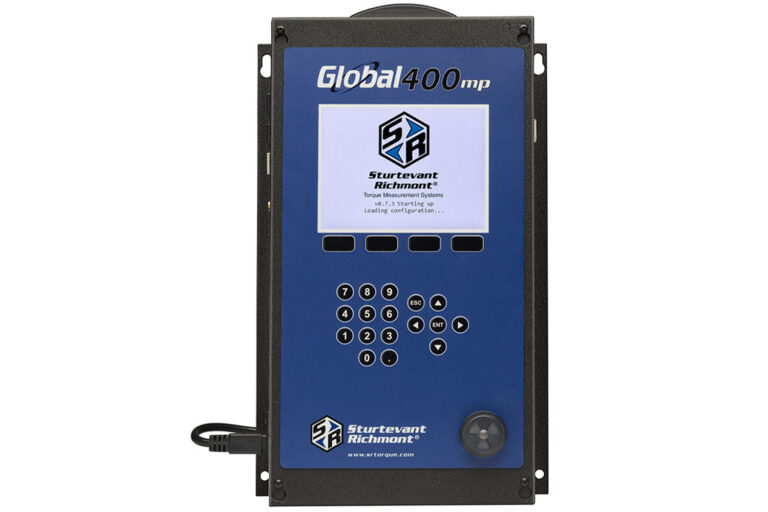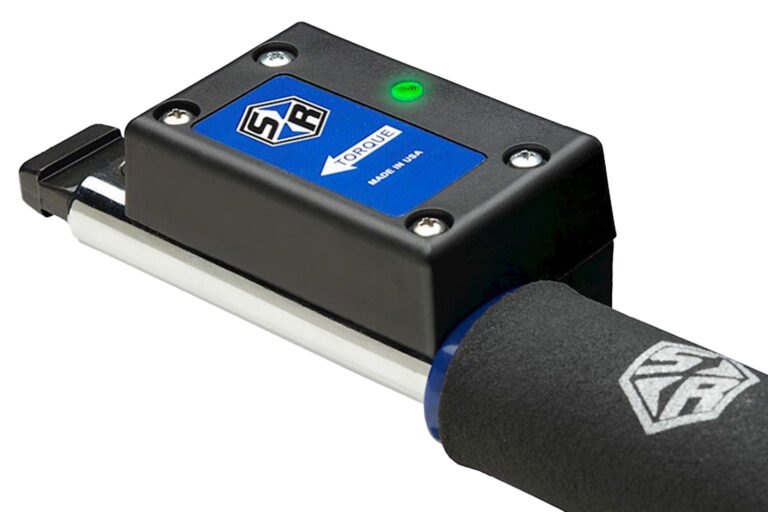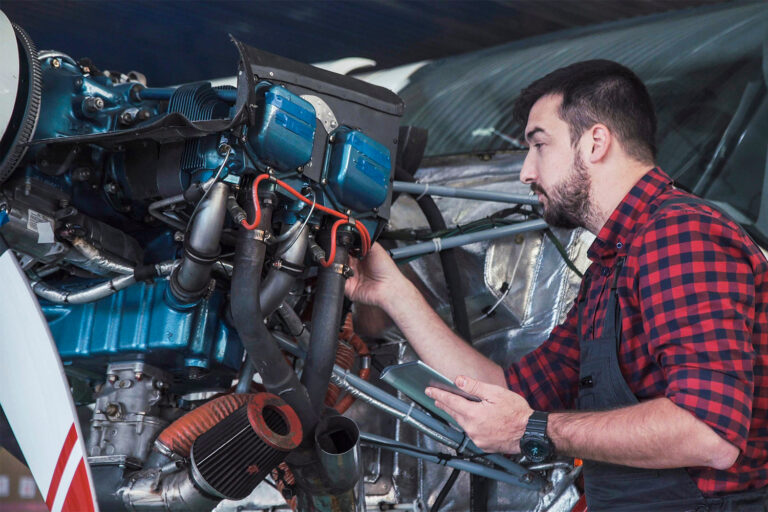
The Challenge: One Assembly, Many Specs
It’s one of the most common — and most error-prone — realities in modern manufacturing: a single assembly contains multiple fasteners, each requiring a different torque value.
Whether it’s an aerospace subassembly with three torque specs across ten bolts, or an electronic enclosure with fasteners of different thread pitch and materials, the risks are the same:
- Operators use the wrong torque value for the wrong fastener
- Tools are manually adjusted on the fly, increasing the chance of over- or under-torque
- Audit trails are incomplete or incorrect
- The wrong torque compromises the entire assembly
Mistakes here often result in rework, functional failure, or worse — failed quality audits and customer returns.
The Solution: Programmed Torque Tools + Preset Systems
To eliminate errors when dealing with multiple torque specs on the same job, manufacturers use a combination of:
- Programmable torque tools that change values automatically
- Preset torque tools assigned to specific fasteners or jobs
- Controller integration for traceability and real-time job sequencing
Here are the most effective tools and strategies to solve the problem.
The most powerful solution for multi-spec assemblies is the 1350 Series Exacta 2 from Sturtevant Richmont. It is ideal for critical assemblies with multiple fasteners and varied torque requirements. Used heavily in aerospace, EV production, and medical device assembly, it ensures both torque and angle are applied within spec.
- Torque + Angle Mode: Ensures both clamping force and rotation are within spec
- ±2% torque accuracy, ±1° angle accuracy
- Wireless communication with Global 400/400mp Controllers
- Operator receives visual, auditory, and vibration feedback
- Automatically logs torque, angle, operator ID, and job number
This system is perfect for:
- Assemblies where torque values change across fasteners
- Compliance-driven environments (aerospace, defense, medical)
- Error-proofing and audit-ready digital records
Real-World Use Case:
An aerospace substructure requires 45 in-lbs on rivet posts and 80 in-lbs on adjacent brackets. The Exacta 2 applies each value based on job setup, guiding the operator and logging data — no manual adjustments needed.
Pairing the Exacta 2 with the Sturtevant Richmont (10612) Global 400MP Torque Controller enables full job-level automation.
- Supports 4 operators and 16 torque tools at once
- Stores up to 160 torque presets (P-Sets)
- Ensures the right torque is applied in the correct sequence
- Prevents advancement until the correct torque/angle is verified
- Tracks tool ID, time/date, fastener location, and pass/fail status
Whether you’re managing a single workstation or a multi-cell production line, this system eliminates the guesswork and documentation burden from the operator.
Real-World Use Case:
A robotics manufacturer builds articulated arms with steel joints and aluminum housings. Each fastener class has different torque specs. The Global 400mp ensures fasteners are torqued in a precise sequence to avoid housing damage and maintain IP compliance.
If you prefer a tool-per-spec approach, the Sturtevant Richmont SLTC-FM 2.4 GHz Preset Wireless Click Wrenches provide simplicity with traceability.
- Each wrench is preset to one torque value and cannot be adjusted by the operator
- Wireless FM communication sends pass/fail status to a paired controller
- LED, audio, and tactile feedback confirms correct torque delivery
- Ideal for environments with short takt time and frequent line changes
Assigning a separate SLTC-FM wrench to each torque spec helps operators avoid setting errors, while still enabling wireless traceability and job sequencing.
Real-World Use Case:
An industrial rail supplier installs control panel enclosures with both steel and composite fasteners. Technicians use color-coded SLTC-FM wrenches for each fastener type — reducing training time and eliminating setting errors.
✅ Strategy: Sequence, Lock, and Confirm

To succeed with multi-spec torque assemblies, combine the right tools with a clear process:
Sequence: Use controllers to define the torque order and values
Lock: Eliminate operator-set tools where feasible (use preset or controlled torque tools)
Confirm: Ensure the system verifies correct torque before advancing to the next fastener
This system is commonly used in:
Medical device assembly, where torque specs protect sterilization integrity
Electric vehicle battery enclosures, where sequencing affects sealing and insulation
Defense contracts, where every torque event must be logged by operator, time, and location
Final Word: One Assembly, One Mistake Away
Applying the wrong torque value to the right fastener is one of the most expensive quality issues — because the result is often invisible until it fails in the field.
With programmable tools like the Sturtevant Richmont 1350 Series, process-driven control from the Global 400mp Torque Controller, and preset options like the SLTC-FM Series, you can eliminate this risk — and protect every fastener in the assembly.
When one assembly has five torque values, you don’t need five chances to make a mistake — you need one system that won’t let you.
